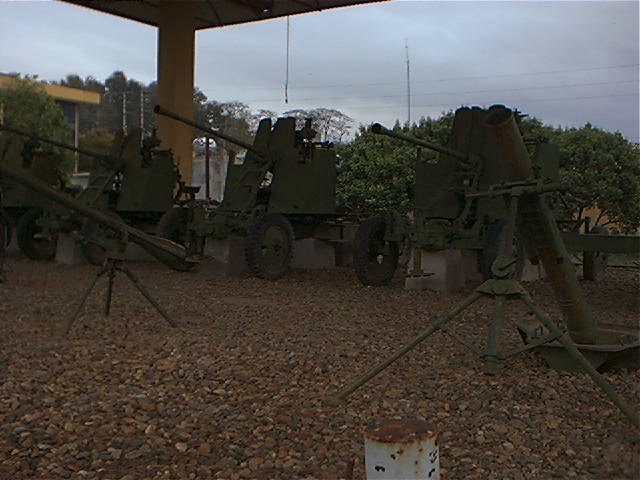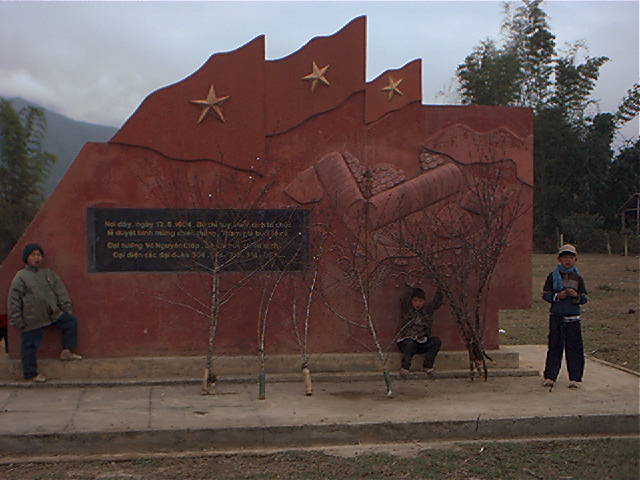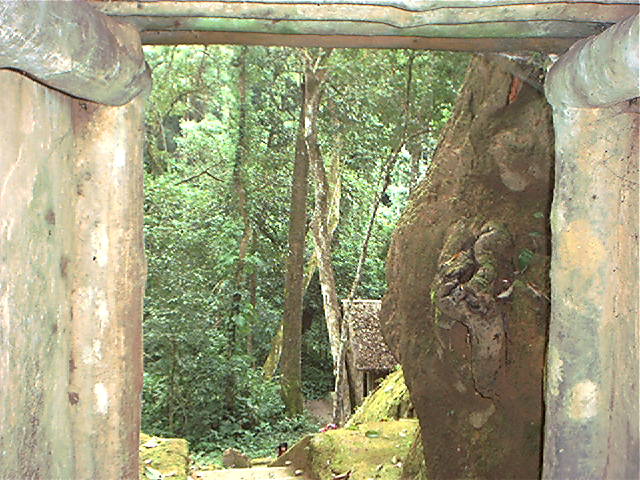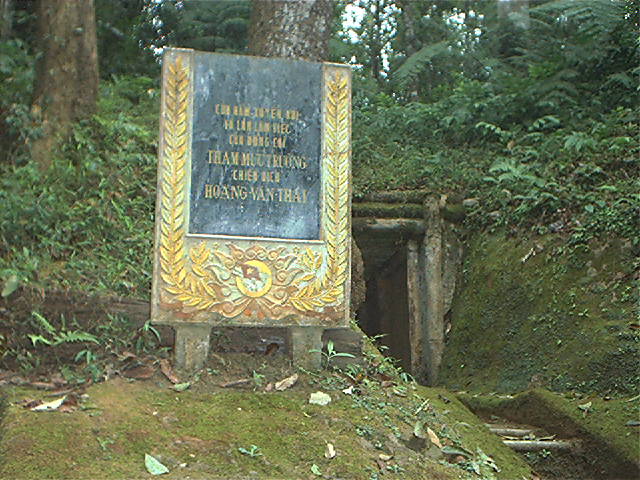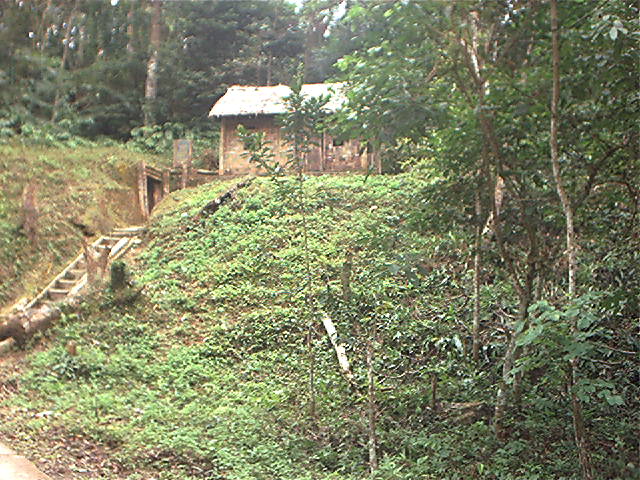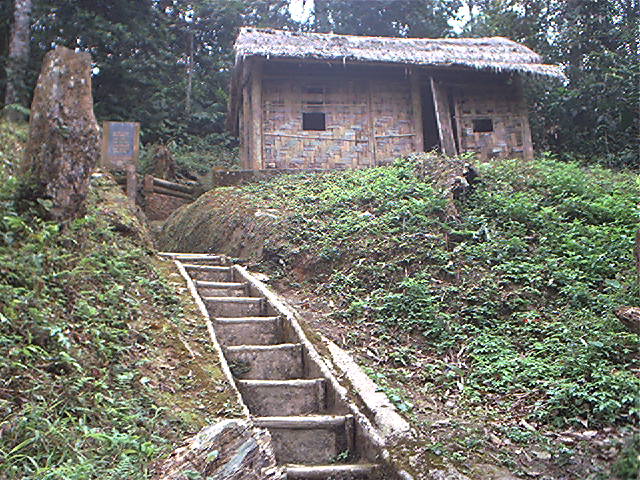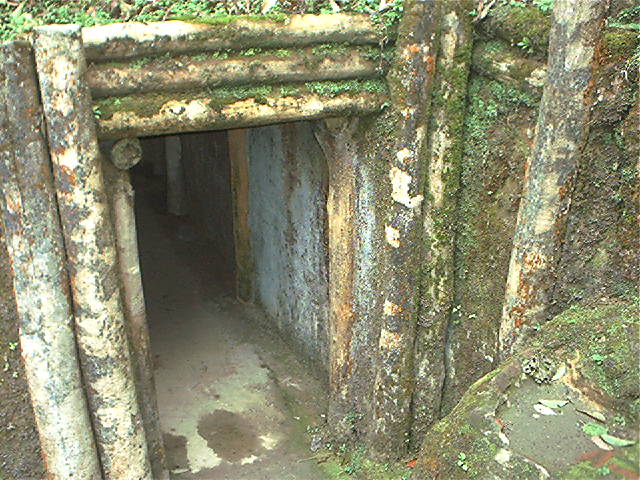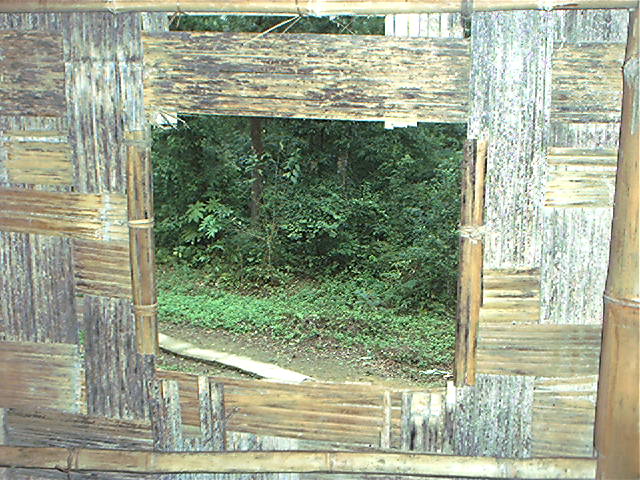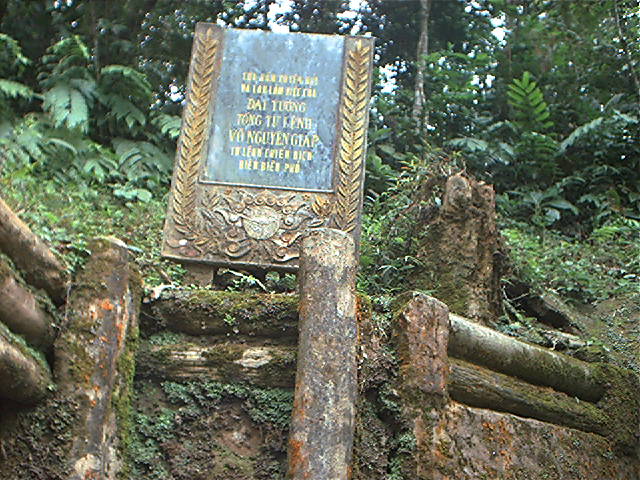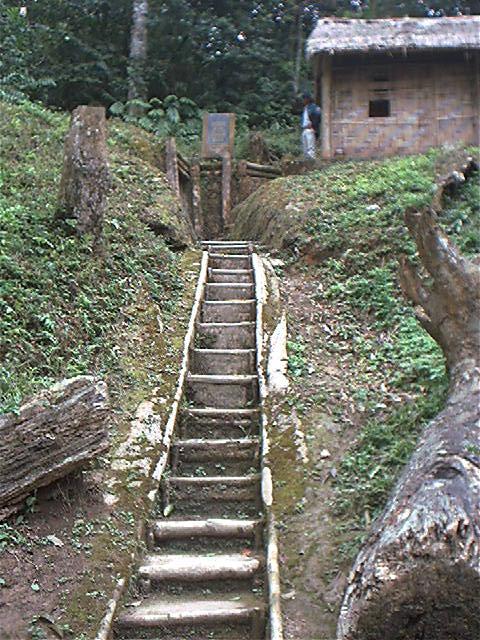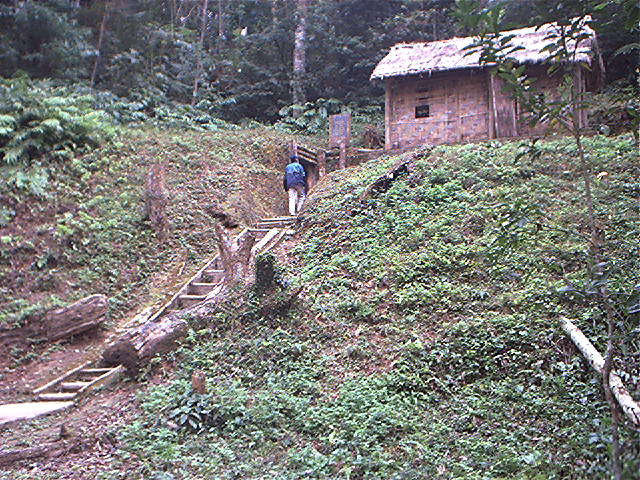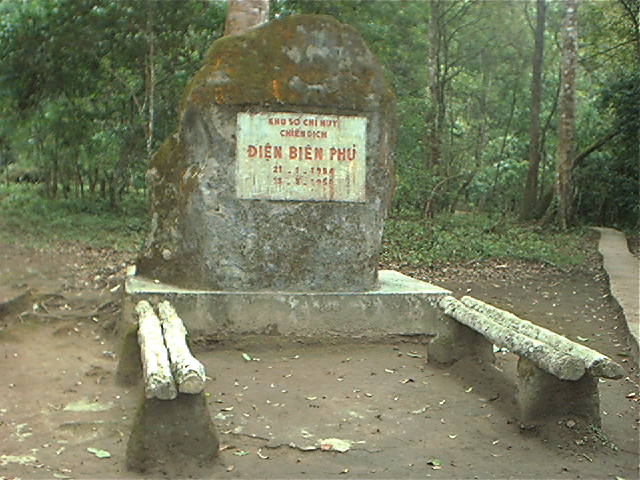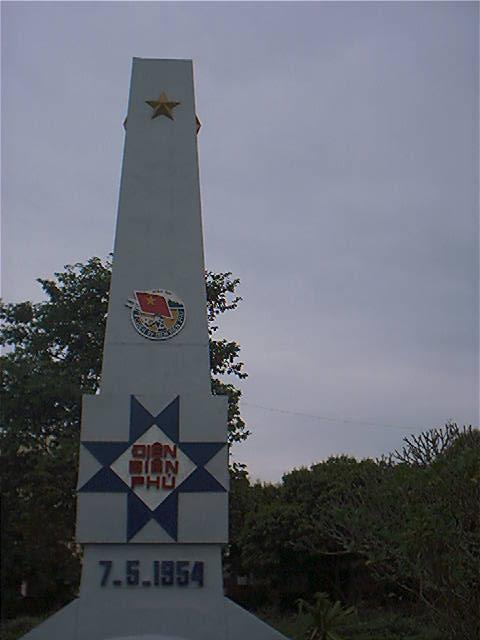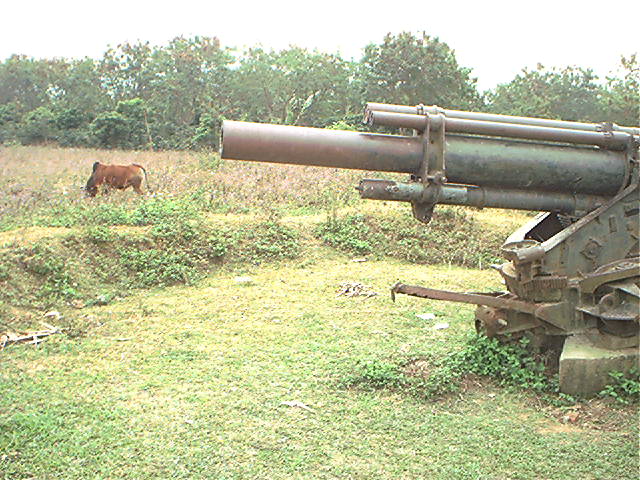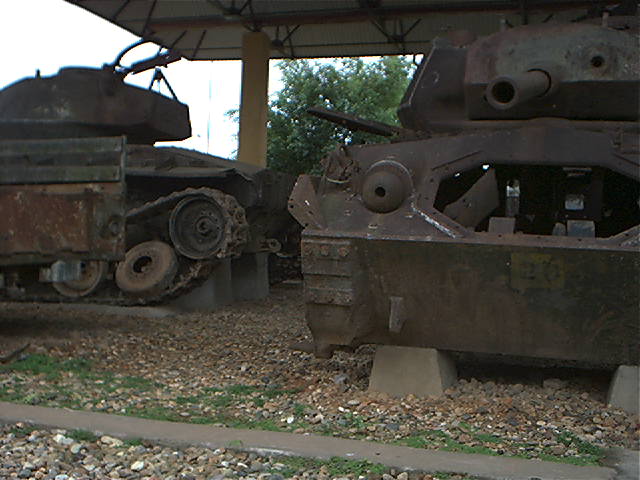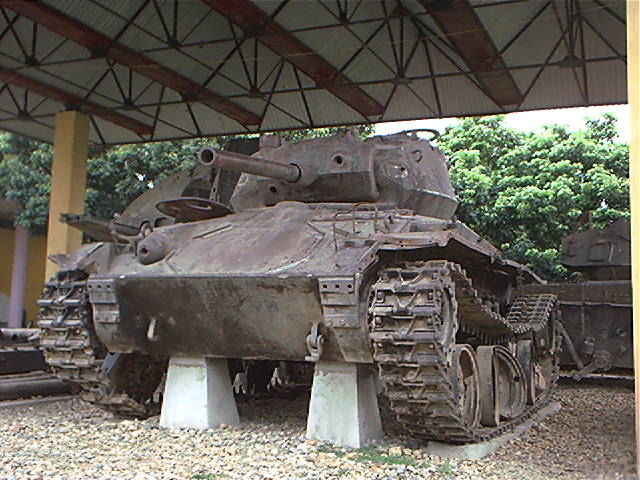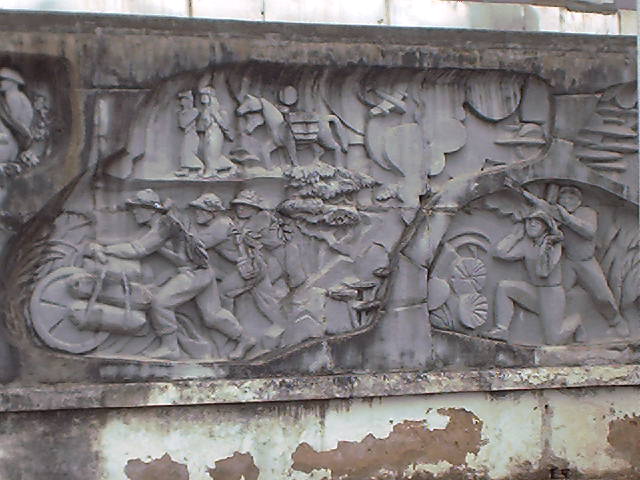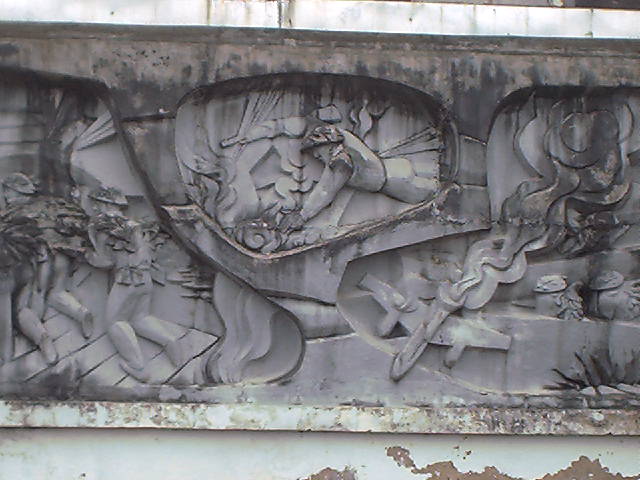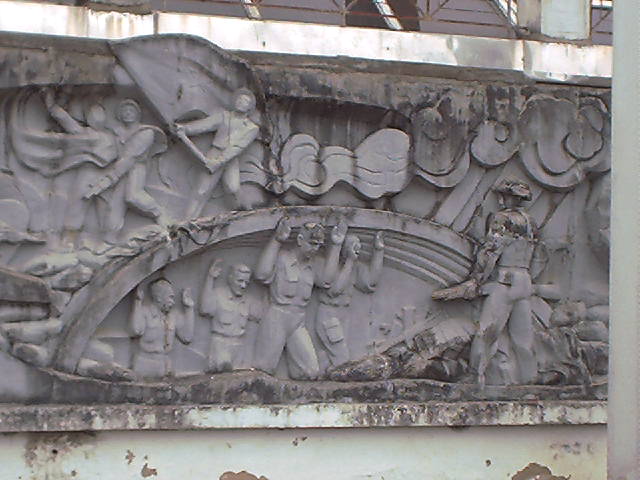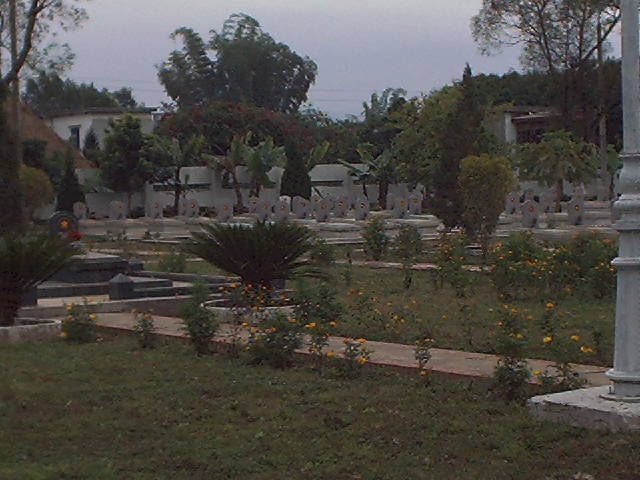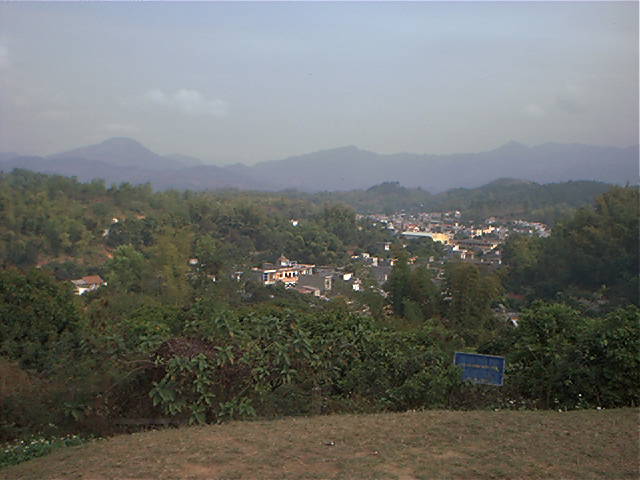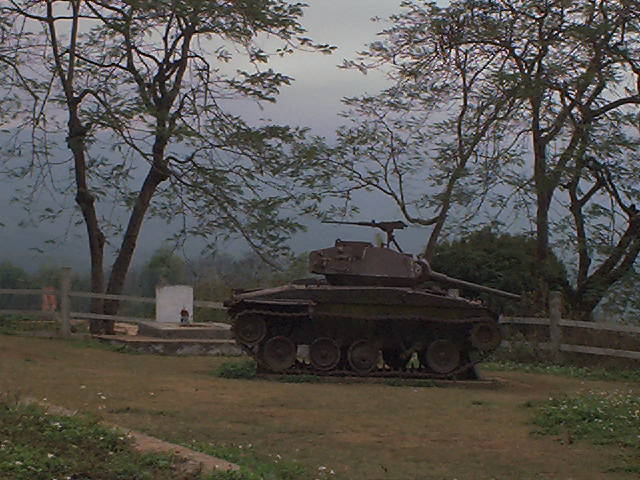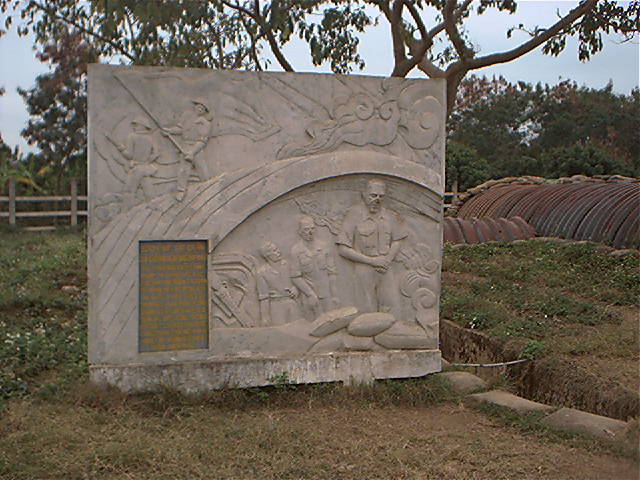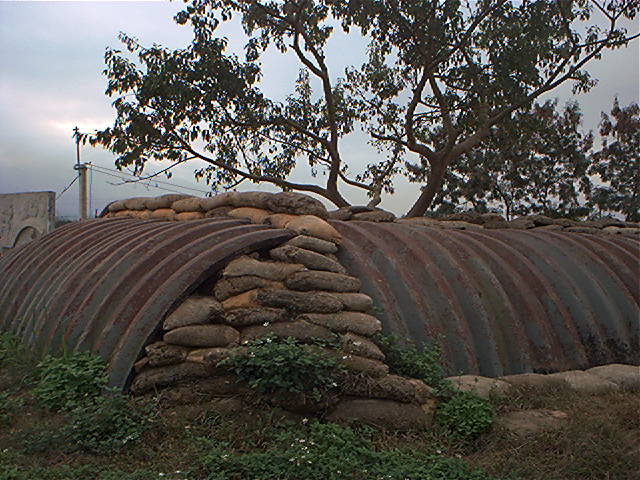More on the ‘Revolutionary Year’
Ukraine – what you’re not told
16th March 1968 – My Lai Massacre
Just after dawn on the morning of 16th March 1968, when the peasants were starting off to tend their paddies and the children were starting to have their breakfast, the quiet of the spring morning was broken by the arrival of US helicopters firing into people’s homes. This was soon followed by the arrival of troop carrying helicopters who also started to fire indiscriminately at anything that moved. Four hours later, by the end of this ‘military action’ 504 Vietnamese civilians were killed and soon after a village structure that had existed for hundreds of years was wiped out. The Vietnamese knew this group of villages as Song My, the rest of the world, when the news finally broke 18 months later, were to know the site of this massacre as My Lai.
Earlier that year the US invading forces and their South Vietnamese lackeys had been taken by surprise by the Tet Offensive. This began on the night of the 29/30th January when units of the Vietnamese People’s Army (from the North Vietnam) and guerrilla units of the National Liberation Front (the NLF from the South) simultaneously attacked numerous military bases and cities in the south of the country, even coming out of the ground in the middle of Da Nang, the principal close to the border with the People’s Republic of the North.
The action didn’t achieve any lasting military objectives but the very fact that it could have been organised on such a scale in the first place started to create the realisation amongst the American imperialists that they wouldn’t be able to win the war. It would be another seven years before the panic-stricken Yankees and their hangers-on (literally as the last helicopters took off) fought tooth and nail against each other to get on the last helicopters from the roof of the American Embassy in Saigon as North Vietnamese tanks crashed through the compound gates.
But like a wounded animal, knowing it is about to die, the Americans lashed out with the aim of causing as much damage and suffering as possible. The cost of defeating the most powerful military nation on the earth would have to be paid for at a high price.
The area which encompassed Song My was considered to be more than just sympathetic to the NLF and was known by the Americans as ‘Pinkville’. The guerrilla units in the south followed the military principals of People’s War, developed by Mao Tse-tung in China in the war, first, against the Japanese Fascist invaders and then the reactionary, Western Imperialist supported, Nationalist Kuomintang.
Mao coined the phrase of the guerrilla army ‘swimming like fish amongst the people’ and the Vietnamese followed this lesson well. However, not only do revolutionaries learn from the experience of those who have gone before them. Reactionaries also learnt and decided that if the revolutionaries were swimming amongst the people then they would deny them the water. The fact that many innocent people would bear the cost of this approach wasn’t (and still isn’t – witness what has happened in the last 14 years with the imperialist wars of intervention in Afghanistan, Iraq and other countries of the Middle East) of concern to the American commanders in Vietnam nor their political masters in Washington. As far as they were concerned ALL the ‘gooks’ (their racist term for the Vietnamese) were guilty, if not for crimes of commission then for crimes of omission, even babies only a matter of a few weeks old or those yet to be born.
It’s difficult to imagine what went through the minds of those soldiers who carried out the massacre that covered three separate hamlets in Song My. There were no reports whatsoever that these brave troops came under any sort of enemy fire. In fact there was only one casualty amongst the G.I.s – and his wound was self-inflicted in an effort not to indulge in the blood lust.
Most of the troops involved were relatively new to the country and therefore couldn’t really argue that they were battle weary and bitter from what they had seen happen to their fellow conscripts – although I have heard one soldier argue that case. Neither could they use the excuse given in Northern Ireland by the British Paratroopers after the murder of Irish Republican demonstrators on ‘Bloody Sunday’ in 1972 when one reason given for them opening fire was that these ‘elite’ troops were frightened by being shot at.
The majority of US troops in Vietnam by this time of the war were conscripts. The majority of them were in their late teens or early twenties. The majority of them were from poor, working class backgrounds. A disproportionate number of them were poor working class black Americans (in a tableau in the My Lai museum they are given equal status to the whites in killing women and children), living in a society that was even more racist and segregationist than it is now. Yet these working class boys, under the orders of officers with little more stake in US society than the soldiers under their command, just went wild.
Shooting at everything that moved, regardless of age or gender; burning of buildings, sometimes with people inside alive; destroying all foodstuffs including domesticated animals; trapping people in confined spaces and then throwing in fragmentation grenades; gang raping of the women regardless of age and even those in late stages of pregnancy; killing babies only a few weeks old; mutilating the bodies of their victims including cutting out tongues, cutting off hands, disembowelment and taking scalps; pulling out unborn foetuses from pregnant women; shooting the wounded if they made the mistake of lettering their murderers know they were still alive; this orgy of death and destruction went on for hours until they had killed all that they thought was alive.
There was little evidence of any of the soldiers making any effort to put a stop to all this or to try to bring some element of civilisation back into their mission – although a few are said to have ‘not participated’ (but that begs questions about crimes of commission or omission). Apart from one exception. The three-man crew of one of the support helicopters put their machine between a group of G.I.’s and their intended victims. Whilst the gunner held his heavy machine gun on soldiers from his own side a handful of villagers were able to be escape the mayhem. One of the helicopter crew was killed soon after (in combat) but the two that survived were invited to the thirtieth anniversary commemoration at the Quang Ngai General Museum in 1998.
Even though the trials at Nuremberg (after World War Two) had, supposedly, rejected the argument of ‘just obeying orders’ as being no excuse or vindication for committing such atrocities this was the case put by many of those who attended (many didn’t) the Peers Commission that was set up more than 18 months after the event. Whatever orders might have been given that doesn’t excuse what these teenagers did, many of them going way above and beyond the ‘call of duty’, their obvious enjoyment of the opportunity to kill and maim with impunity being proof of that.
(This wasn’t the first time American soldiers had been given orders by their officers and then executing them with a gusto that bordered on fanaticism. On November 29th 1864 the American army carried out a similar massacre against, mainly, unarmed Cheyenne and Arapaho at Sand Creek in Colorado. The film ‘Soldier Blue’, released in 1970, making a clear parallel between the two events separated by just under a hundred years.)
So those who actually did the killing have no excuse (and shouldn’t be excused) but what were their orders? The same that had been given to other units before them, that is to go out and ‘search and destroy’ in what was designated as a ‘free fire zone’. This gave a virtual carte blanche for the soldiers to do whatever they wished and they would not be held responsible. This had been happening throughout the country for a number of years causing widespread devastation, through acts of the military on the ground, artillery bombardments, the widespread use of napalm and defoliation with chemicals such as Agent Orange. Therefore the idea of a ‘free fire zone’ was basically part of the philosophy of the American military and this would have been known by even such rookie troops as those that were sent into the Song My area.
At the same time the military did not act totally under their own volition and were under the control of the politicians in Washington. Even if the rest of the world wasn’t aware of what was happening in Vietnam those in the White House and the Pentagon certainly did. And the fact that the very villages were bulldozed soon after the massacre indicates that the commanders in the field knew that things had gone slightly to far.
So what made the My Lai Massacre different? It seems that news of what had happened was circulating very soon after the event. Although the murder of civilians and the destruction of their homes wasn’t new at Song My the Americans had taken their task of murder into a new league and it would have been impossible to have completely suppressed the news. At the same time the military would have wanted this news to have spread throughout the south of Vietnam as a warning, threat and promise to those Vietnamese who supported the NLF and the North Vietnamese.
The reports and letters that went around, both the military structure in Vietnam and the offices of politicians and newspapers in the United States were only words. By 1968 it was images that were to make the difference. Anyone who was of an age to watch and understand the TV images being shown everyday throughout the world in the late 60s and early 70’s will understand the importance of images. TV news programmes showed, daily, American wounded and dead being collected from the battlefield as well as the scenes played out on the streets of Saigon (such the summary execution by a bullet to the head of a Vietnamese guerrilla or the self-immolation of a Buddhist monk). The power of those images is the reason why, ever since, photographers and journalists are ’embedded’ – read controlled – by the US, UK or NATO armies.
Ron Haeberle, an army photographer, had only just started his tour of duty when he was sent to Song My. Although not believing what he saw he continued to take photos during the morning. After the massacre he handed in 40 black and white pictures to the military but kept 18 in colour. It was those pictures which were to make the written reports even more potent.
Wisely, for self-preservation reasons, Haeberle didn’t release those pictures until he had returned from Vietnam – war zones are very easy places to get yourself killed. Even though the extent of the furore after the release of his photographs was worldwide, to the best of my knowledge none of the other pictures he took that spring morning have ever been made public. However, it’s difficult to believe that any other pictures would tell us much more about what happened. The suppression, or destruction of his other pictures only goes to demonstrate the lack of openness of governments when caught out doing the direct opposite to what they say. (Most of the pictures on this page are from among those Haeberle kept to himself for the best part of 18 months.)
The Report of the Peers investigation set up when the news of the massacre was too widespread to be ignored seemed to give the impression that this was a ‘one off’, an aberration and not a matter of policy. However, the widespread deployment of ‘search and destroy’ missions, the ‘Strategic Hamlet Programme’ – whereby villagers were gathered together in virtual concentration camps in order to make contact between the ordinary peasants and the guerrillas that much more difficult – and the designation of huge swathes of the country as being ‘free fire zones’ meant that the lives of the Vietnamese people held no value in the minds of the occupation forces.
Atrocities carried out by the Americans and the South Vietnamese Army were not new, only the scale was different. Eighteen months before My Lai the Democratic Republic of Vietnam had produced a pamphlet, with photographs, of examples of war crimes committed by US troops and at about the time of the My Lai Massacre they produced evidence (presented to Bertrand Russell International Tribunal) claiming genocide on the part of the Americans. There’s no significant difference between the pictures in these pamphlets from those of Haeberle taken in March 1968.
After all the fuss, all the publicity, all the demonstrations on the streets throughout the world, all the words spoken, all the investigations carried out, all the crocodile tears of politicians, no one was held accountable for what happened at Song My/My Lai. A junior officer (Calley) was chosen as a scapegoat (which doesn’t mean him any less culpable) and found guilty but later given a Presidential pardon by Richard Nixon. The Peers investigation report was even told not to refer to it as a massacre and described it as an ‘incident’. Ultimately no one was held responsible.
And nothing has really changed in the policies of the American nor any other country that considers it has the right to enter in the internal affairs of another country. My Lai wasn’t the first of such massacres, neither was it the last.
For a period after defeat in Vietnam the US ‘sub-contracted’ the killing of innocent villagers, although really the concept of ‘innocence’ seems now to have been lost. In Latin America the fascist, right-wing murder squads ran amok throughout the 70s and 80s from Mexico down to the Tierra del Fuego. If these killers needed training they received that at the ‘anti-communist insurgency’ School of the Americas at Fort Benning. To keep their eye in the US invaded Granada and Panama, on both occasions civilians got in the way.
In the Middle East surrogates kept their populations quiet with the use of terror. Some of these lost the support of the US and have fallen. Others still carry out the will of the US although they would maintain they are independent nations. Sometimes things don’t need to be said for them to happen. Israel continues to murder Palestinians and destroy their homes. Indeed Israel was in the game of massacres before it was even established as a state, killing indiscriminately Palestinians in the village of Deir Yassin on 9th April 1948. The Zionists then sub-contracted the killing to the Christian militia in Lebanon and over two days in September 1982 they murdered thousands in the refugee camps of Sabra and Shatila.
Since the beginning of the 21st century the US has again got more directly involved and thousands have been killed in Afghanistan, Iraq and other countries of the Middle East following western government attempts at ‘regime change’. The Americans, and their allies, got around the embarrassment of large numbers of civilians being killed by not actually counting them, as they did in Fallujah.
And presently in India, the present and previous governments, since 2009, have been pursuing what they call ‘Operation Green Hunt’ against the dalits and adivasis (the ethnic and tribal groups) who in some of the most mineral rich areas of the country. However, in India the people are not just accepting this and are fighting back under the leadership of the Communist Party of India (Maoist).
If people thought that the massacre at My Lai was an aberration they should think again.
The voices of those who killed
On the occasion of the 40th anniversary of the massacre in 2008 the BBC’s Radio Four broadcast a programme in its Archive Hour slot which includes interviews with some of those involved in the murderous attack. Personally, I don’t have any sympathy whatsoever for those young soldiers who have subsequently suffered from Post-traumatic Stress Disorder for what they did that day so long ago.
Here is a recording of that programme, entitled The My Lai Tapes is presented in two parts, Part 1, Part 2.
See also:
The last child of My Lai. First published in March 2023 but still relevant.
Pamphlet and booklets issues by the Quang Ngai general Museum, the name given to the memorial garden on the obliterated site of the village;
A look back upon Son My, (English), Quang Ngai General Museum, 1998, 63 pages.
Nhin Lai Son My, (Vietnamese), Quang Ngai General Museum, 1998, 63 pages.
More on the ‘Revolutionary Year’





















